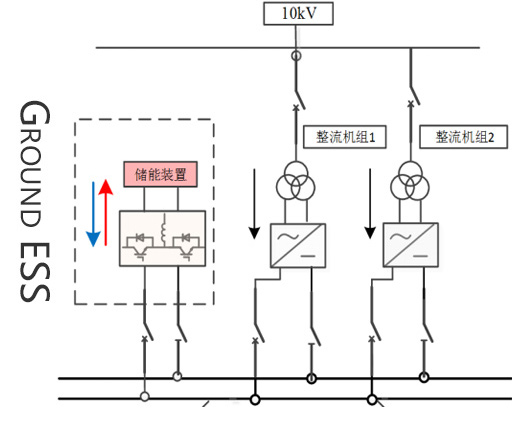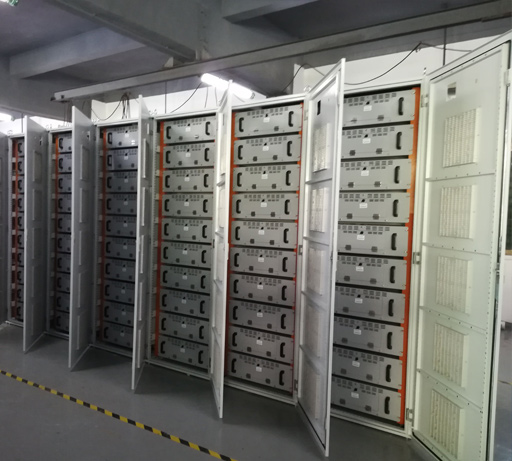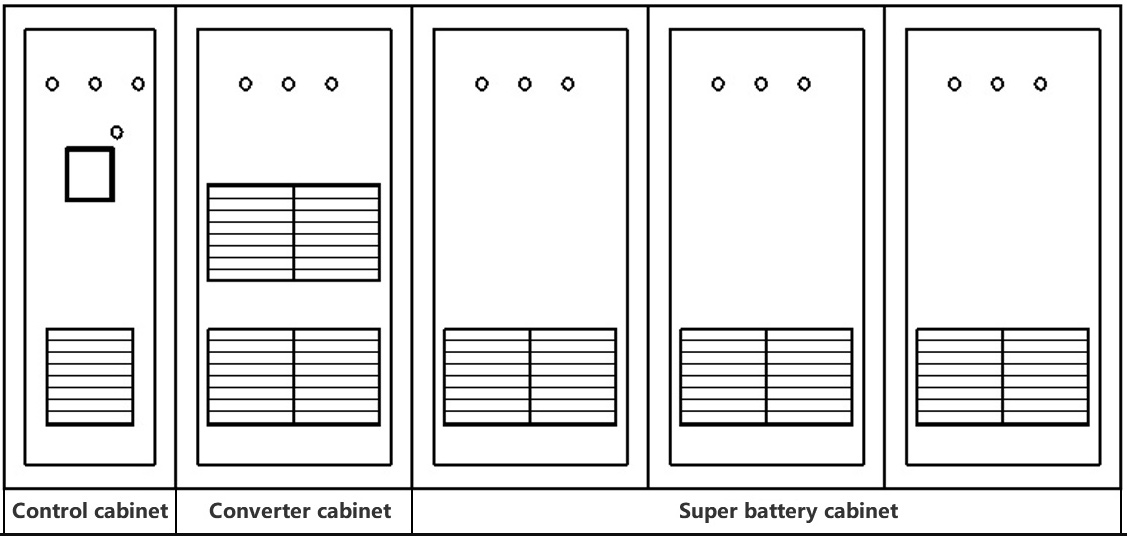As a mass transit and high density public transportation, rail transit plays an important role in urban public transportation. The subway has the characteristics of short distance, fast running speed, frequent starting and braking. The braking energy accounted for a large proportion of traction energy.
The braking energy can raise the voltage of traction network.
If no absorption or consumption measures have been taken, the traction network voltage will exceed specified value, which leads to power supply equipment damage. Therefore, M-BESS (Metro-Battery Energy Storage System) arises at the historic moment.
•Charging the M-BESS,when train brakes;
•When the train starts, M-BESS discharges;
•No harmonic wave;
•Energy-saving and environment friendly

• Train speed:80km/h;
• Accelerated speed at braking:1m/s2;
• Interval:3min, 300tims/day(average);
• Recycle energy daily:1500kWh;
• Annual saving:550,000kWh/year/set;
• Cost down on environment protection;
• Reduce invest in substation;
• Save coal of 67233kg/set/year;
• Reduce CO₂ release of 545857kg/set/year;
• Reduce carbon release of 148920kg/set/year.

Urban microgrid

Back- up power

Energy-efficient

Zero emission


Importance of Metro power feedback:
• Improve efficiency, reduce consumption of power supply;
• Stabilize the catenary voltage;
• Reduce the temperature of Metro tunnel and station;
• Compared with the train-mounted energy feedback device, MESS has the advantage of less weight and less energy consumption.